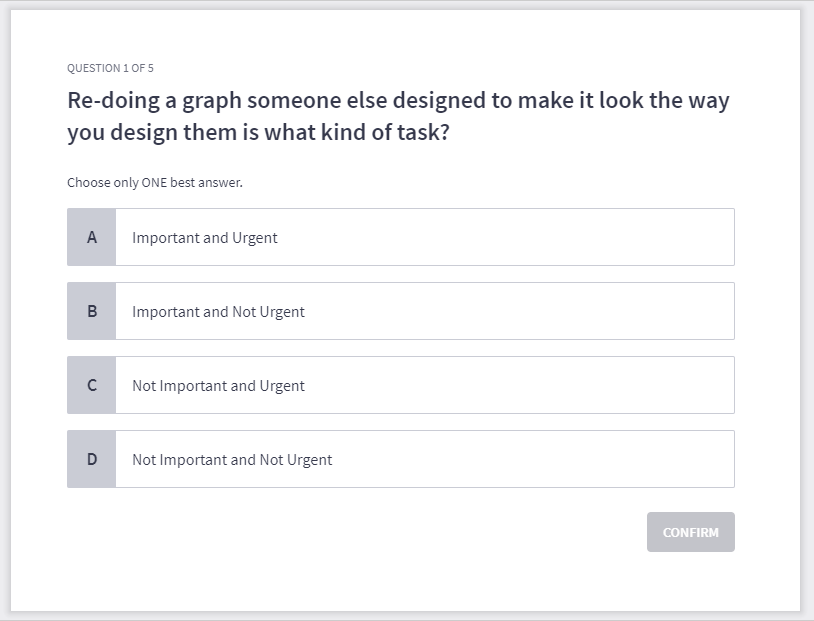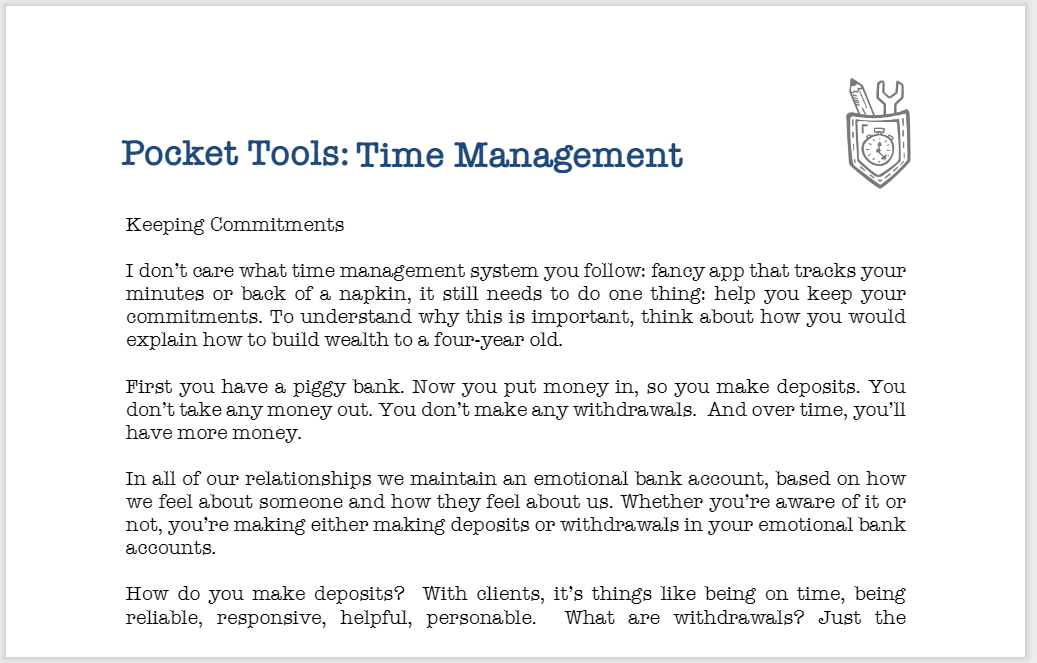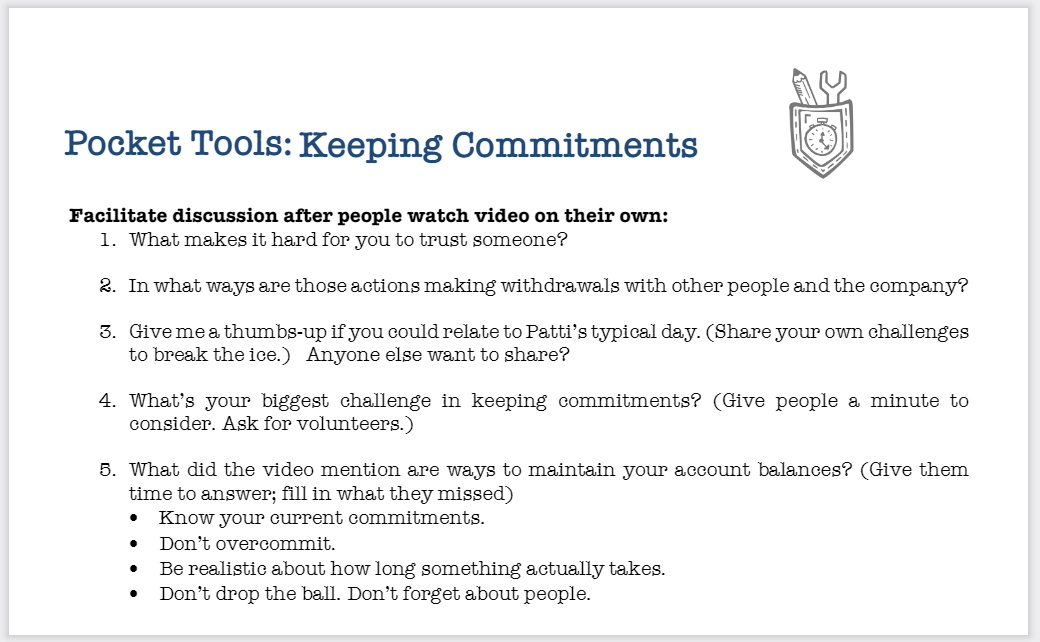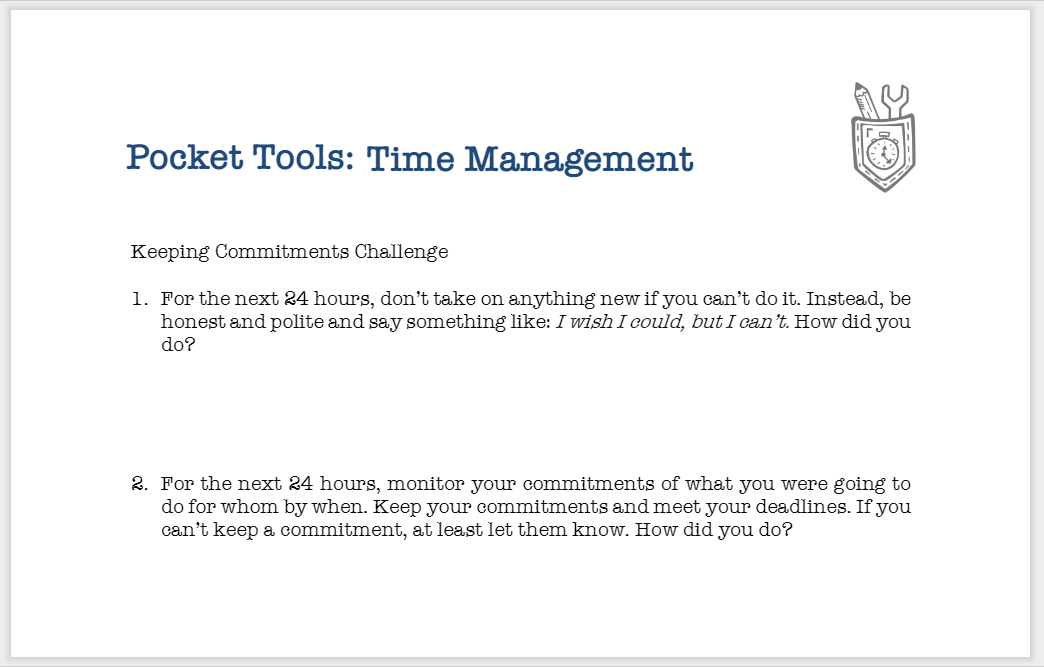Daily Journal of Commerce
Like any other small business, those in the architecture, engineering and construction industries tend to operate more like families than corporations.
The focus is on treating everyone equally and avoiding divisions in stature or authority: Everyone works hard, and some people get paid more, but mostly because they’ve been there longer. Leadership promotion decisions often are done informally – the natural leaders tend to emerge from the pack rather than pass through a structured path.
There’s something to be said about not excessively engineering the leadership selection and maintaining a culture’s appeal. However, as firms prepare for succession, it’s wise to critically look at the process so that it is indeed fair and equitable to all.
Without a clear leadership path, several things can happen: The wrong people can be slotted into positions they can’t handle; leaders can emerge with real holes in their skill sets; staffers not chosen can feel disregarded; and new leaders can attempt to lead without followers.
But if the leadership path is clear to everyone and people are held accountable to expectations, there’s less confusion, animosity and missteps.
Unfortunately, it requires imposing some structure in organizations that are accustomed to very little structure. Whenever another level is created to an organization chart, a chill often ripples through the organization: Are we becoming less personal? Will I lose my access to the owners? Is my position in danger? How will my job change?
But without creation of a real level of leadership featuring people who can begin to assume responsibility and management, the firm is limiting its exit strategies to finding a seller or closing its doors. Strong secondary leadership ensures a firm will live on in perpetuity.
The first step is to define the roles and responsibilities of the next level of leadership before selecting the people to fill those slots. Do they need to be more active in mentoring, strategic planning and business development? If it’s unsaid and not documented, it won’t get done.
Define how their jobs will be different than at present. Show them the path. Involve the candidates in mind after the job descriptions are drafted. And when it’s final, communicate to all staffers what is required to ascend in the company.
Most times, when staffers are shown what’s really involved in stepping up the ladder, they choose to stay where they are. Not everyone has the appetite for the extra work, stress and grief of leadership. But everyone should be given the opportunity. Then there’s no room for people to complain.
After defining the new role and selecting the right people, the key is to hold them accountable to expectations. New leaders need to understand what those are, and then meet them. If they need support, they need to voice it. And if they don’t step up and do the work, they shouldn’t be allowed to retain their position.
Ideally, the right people are chosen the first time. But sometimes people think they can do the job and it doesn’t work out. No one wants a demotion, but the whole firm loses when an untenable situation is allowed to continue.
Realize that there is a steep learning curve to becoming a new leader. Firms that overwork their project managers and associates and then ask them to do more – perhaps community involvement or mentorship of staffers – need to be supportive of how these new leaders use their time.
Coach them to delegate so they are doing less project management and more personnel management. Provide professional development for skills such as time management, leadership and presentation. Staff projects adequately so that they have time to work on the business and not just projects. That’s tough when budgets are tight and overhead is being trimmed, but management needs to understand that it’s an investment in everyone’s future to support development of new leadership.
Principals who establish clear expectations for new leaders, make the path clear to everyone, hold people accountable and provide support for success are in a stronger position to leave their firms in good hands.
Leo MacLeod, a partner in the Succession Consulting Group, helps firms plan for transition and develop the next generation of leaders and rainmakers. Contact him at leo@successioncg.com.




Recent Comments